Tune in – Check out
Standard version MiGs offer a slightly warmer balance while the MiG 2.0 delivers music with added refinement and air. You can also combine MiG and MiG 2.0 under different components where say, subwoofers are used with standard MiGs while MiG 2.0s are used with electronics. Listening notes: comparing MiGs to isolation footers based on dampening principals, you hear music that is more dynamic and spacial whereas dampening footers tend to sound flat and lack in dynamic extension. Sound stage scale also tends to be compressed when absorption footers are used. Isolation footers based primarily on draining mechanical vibration to ground tend to sound bright with less sound stage layering and mid-range warmth when compared to MiGs. Lastly, if your system is decked out with SR Tech, your best possible footers will most likely be MiGs as they work on similar principals and have a similar house sound to SR cables, power products, and acoustic treatments.
MiG:
The original MiG or Mechanical Interface Ground is a superb footer that excels with a warm natural balance that can be tuned through two placement options to best match your system. Placing just one or two sets of MiGs under your components can deliver a significant increase in sound staging with a balanced to slightly warm tonal balance.
MiG 2.0:
MiG 2.0 builds on the performance of the original MiG with the inclusion of a specially tuned high frequency transducer similar to our HFT room treatments. The 2.0s balance is extended with high frequency air that makes music sound as if it is decaying into infinity. Perfect for high resolution systems that are well sorted, tube based systems or systems that need help with high frequency extension, simply experiment with your two placement options, Pin-Point and Ambient, to find your perfect system match. You may also want to experiment with MiGs and MiG 2.0s for a bespoke solution that fits your system and personal tastes to a tee.
Placement instructions
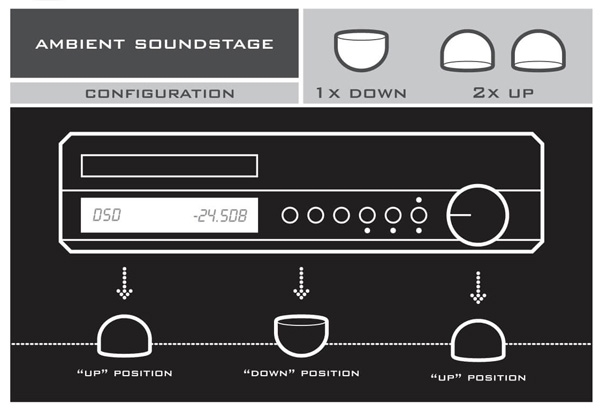
| When two MiGs are placed “round side up” and one MiG is placed “round side down” under a component, as illustrated in the above diagram, you hear a more ambient soundscape that is especially pleasing when room acoustics are somewhat “live” or undampened. You may also prefer this combination if you like a slightly more liquid presentation, or if you often listen to large orchestral works. |
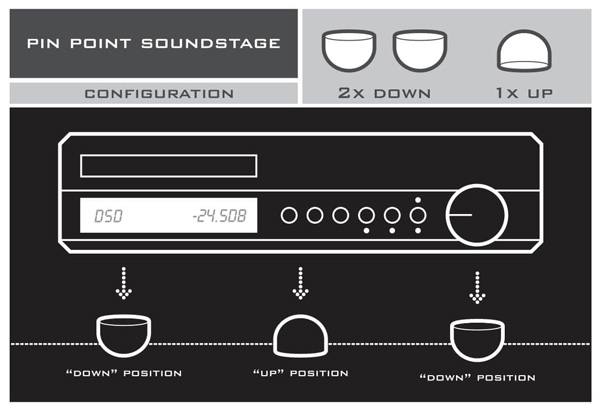
| When two MiGs are placed “round side down” and one MiG is placed “round side up” under a component, as illustrated in the above diagram, you hear an immediate pin-point presentation of images. This combination is especially pleasing in rooms that are very damped, or for people who prefer intimate recordings, such as small scale jazz. |
Review and listening observations:
MiG 2.0 Footer Review & Listening Test @ Novice Review
YouTube setup instructions:
How to use MiG isolation footers
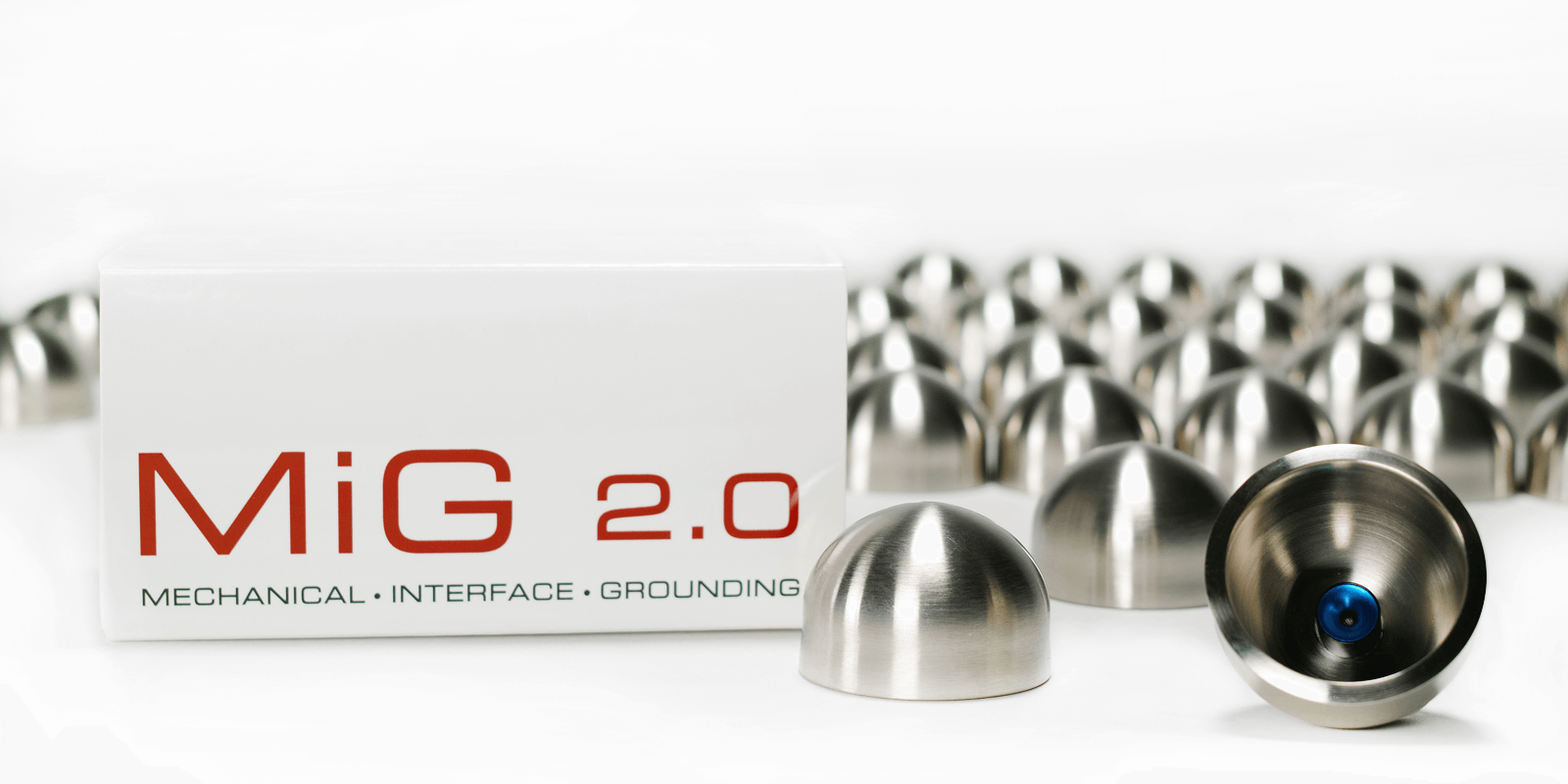
| Version & quantity | MiG (one piece), MiG (set of 3 pieces), MiG 2.0 (one piece), MiG 2.0 (set of 3 pieces) |
|---|
Be the first to review “Synergistic Research
MiG & MiG 2.0
Footers” Cancel reply
Related products
Incl. 21 % TAX € 85.00
Incl. 21 % TAX € 7.50
Incl. 21 % TAX € 125.00
Incl. 21 % TAX € 62.00




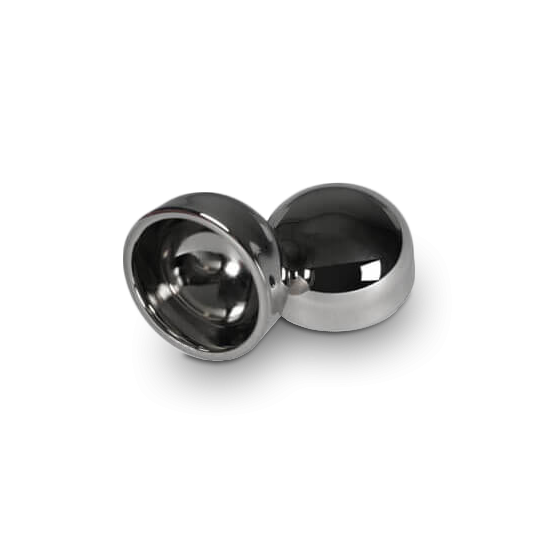
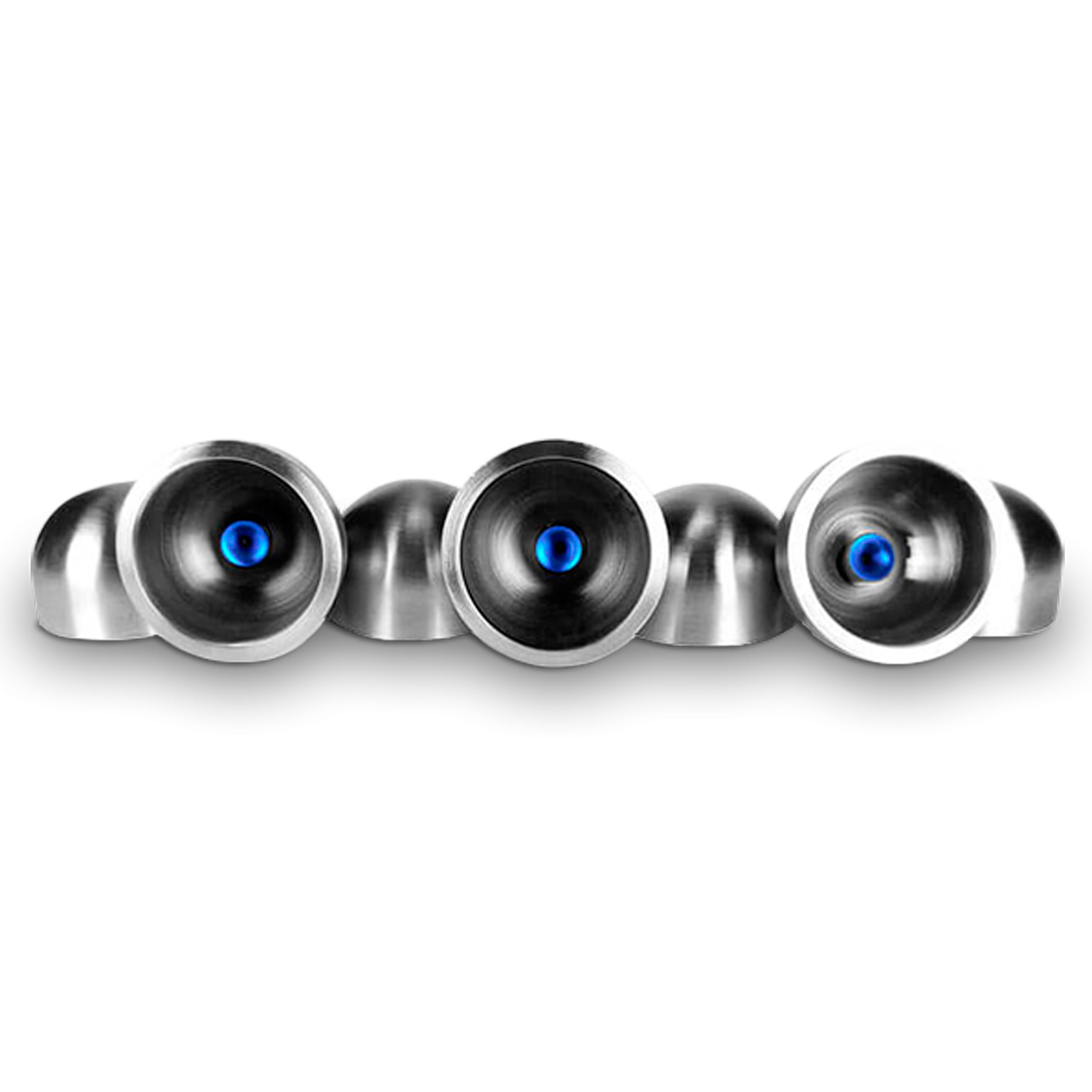
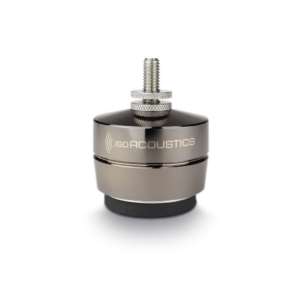
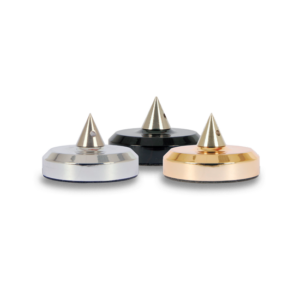
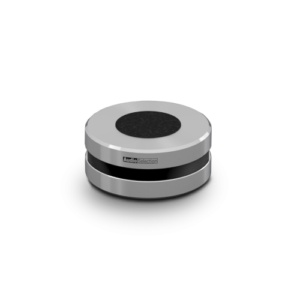
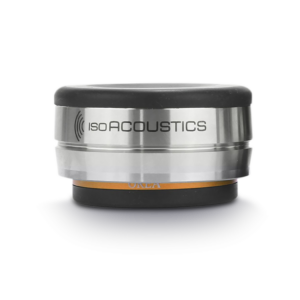
Reviews
There are no reviews yet.